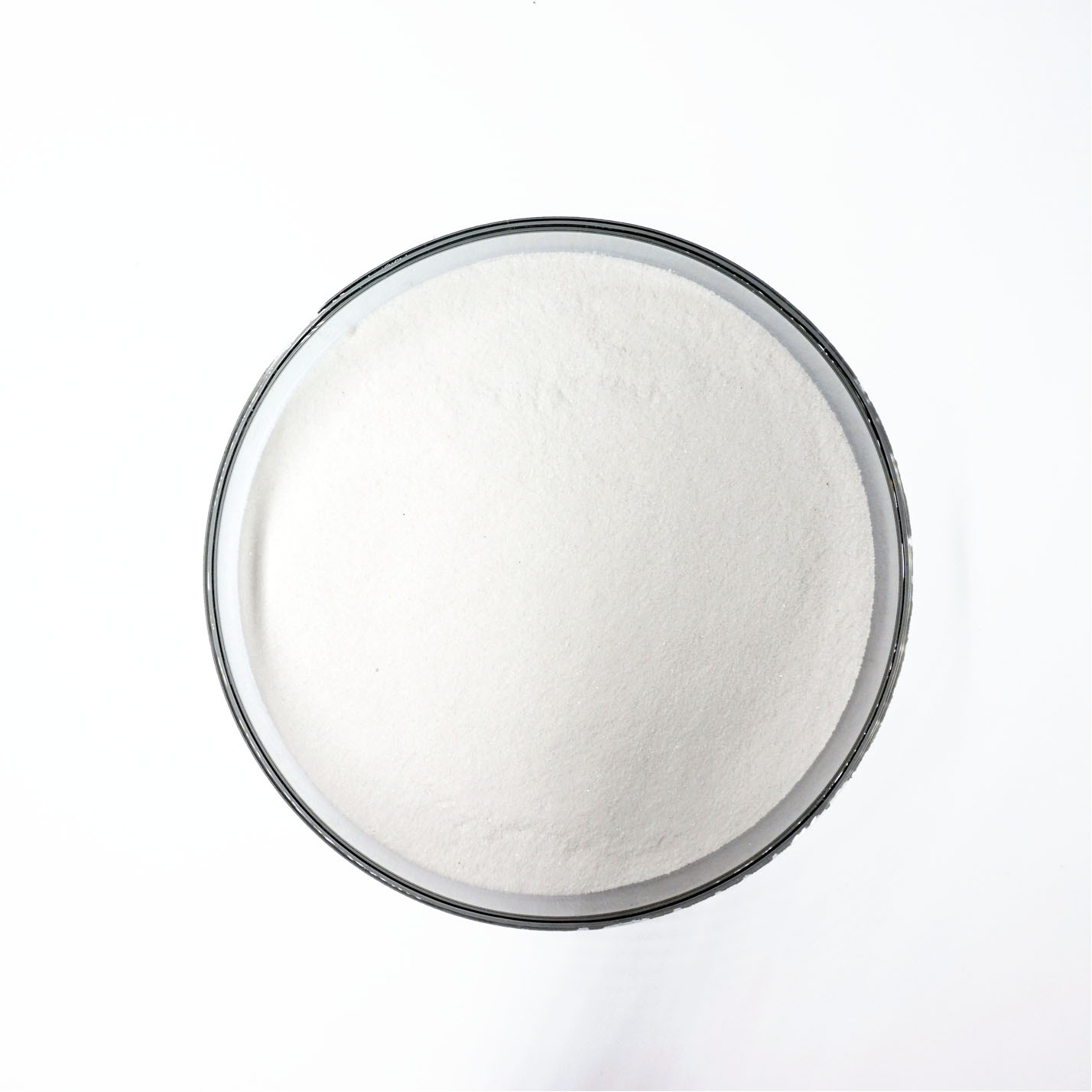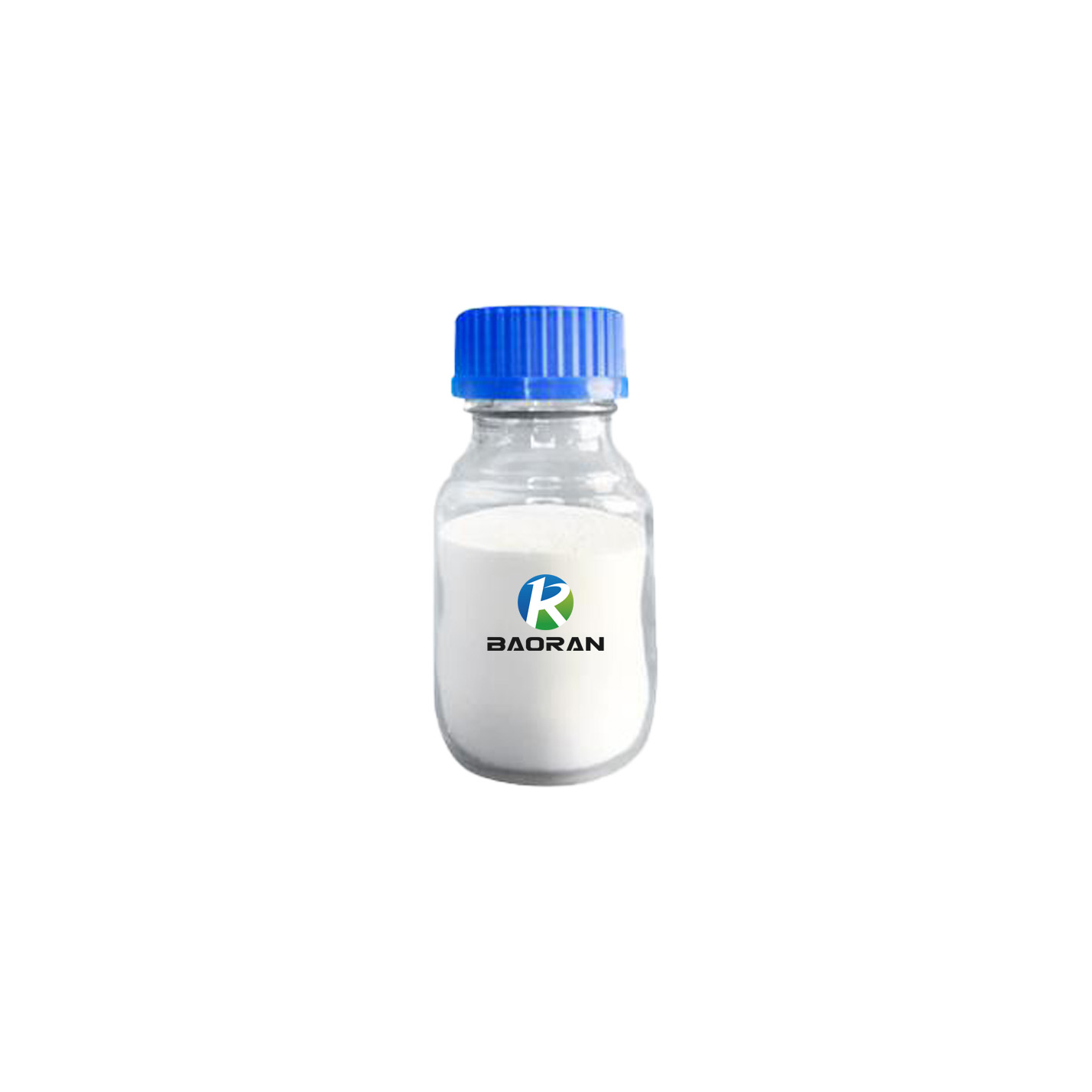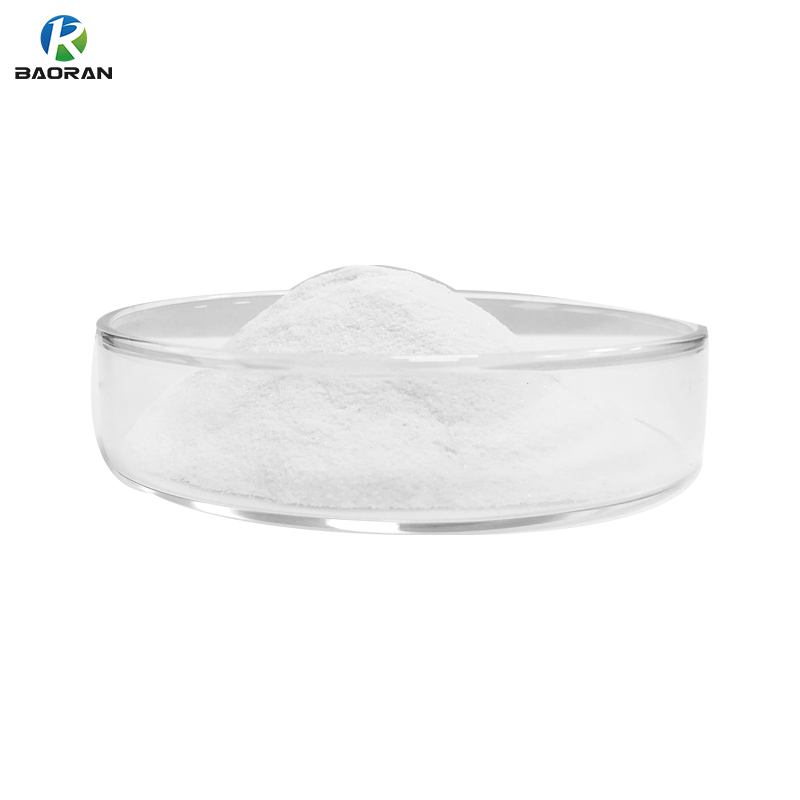APIs & Pharma-Intermediates
-

99% Phenacetin CAS 62-44-2
Chemical name: Phenacetin
Other name: p-Acetophenetidide, Acetophenetidin, 1-Acetyl-p-phenetidin, 4′-Ethoxyacetanilide, N-(4-Ethoxyphenyl)acetamide
CAS No.: 62-44-2
Purity: 99%
Molecular Formula: CH3CONHC6H4OC2H5
Molecular Weight: 179.22
Chemical Properties: White glossy scaly crystal or white crystalline powder, odorless, slightly bitter taste. Melting point 133-136 ℃, refractive index 1.571. Insoluble in water, slightly soluble in ether, slightly soluble in boiling water, soluble in ethanol and chloroform. Used as an antipyretic analgesic.
-

99% Procaine CAS 59-46-1
Chemical name: Procaine
Other name: Procaine base; Novocaine
CAS No.: 59-46-1
Purity: 99%
Molecular Formula: C13H20N2O2
Molecular Weight: 236.32
Chemical Properties: White crystals. Melting point 61℃. The melting point of the dihydrate is 51℃, and its hydrochloride ([51-05-8]) is a white crystal or crystalline powder with a melting point of 153-156℃. Soluble in water, slightly soluble in ethanol, slightly soluble in chloroform, almost insoluble in ether. Odorless, slightly bitter taste, followed by tingling. Its aqueous solution is easy to decompose and fail after long-term storage, exposure or heating. Used as a local anesthetic. Its toxicity is low and its effect is fast and safe. It is suitable for local anesthesia, used in eye, ear, nose, tooth and other surgery, for infiltration anesthesia, conductor anesthesia and closed therapy, etc. The product is also used in the production of procaine penicillin.
-

99% Lidocaine hydrochloride CAS 6108-05-0
Chemical name: Lidocaine hydrochloride
Other name: Lidocaine hydrochloride monohydrate, 2-Diethylamino-N-(2,6-dimethylphenyl)acetamide hydrochloride monohydrate, Lignocaine hydrochloride monohydrate, Xylocaine hydrochloride monohydrate
CAS No.: 6108-05-0
Purity: 99%
Molecular Formula: C14H22N2O·HCl·H2O
Molecular Weight: 288.81
Chemical Properties: White crystal, odorless, slightly bitter and numb in taste. Easily soluble in water, ethanol and organic solvents, insoluble in ether. Lidocaine hydrochloride is an intermediate-acting amide local anesthetic. Used as local anesthetic and antiarrhythmic drug.
-

99% Lidocaine CAS 137-58-6
Chemical name: Lidocaine
Other name: Lignocaine, 2-Diethylamino-N-(2,6-dimethylphenyl)acetamide, Xylocaine
CAS No.: 137-58-6
Purity: 99%
Molecular Formula: C14H22N2O
Molecular Weight: 234.34
Chemical Properties: White crystal, melting point is 66-69℃, boiling point is 180-182℃. Soluble in ethanol, benzene, chloroform and oils, insoluble in water. Lidocaine is a local anesthetic and antiarrhythmic drug.
-

99% Tianeptine sodium salt CAS 30123-17-2
Chemical name: Tianeptine sodium salt
Other name: 7-[(3-Chloro-6,11-dihydro-6-methyldibenzo[c,f][1,2]thiazepin-11-yl)amino]heptanoic Acid S,S-Dioxide Sodium Salt
CAS No.: 30123-17-2
Purity: 99%
Molecular Formula: C21H24ClN2NaO4S
Molecular Weight: 458.93
Chemical Properties: Tianeptine sodium salt is a white to yellowish powder,very hygroscopic. Freetly soluble In water and methanol and dichloromethane. Tianeptine sodium salt is a tricyclic antidepressant indicated for the treatment of mild, moderate or severe depression, neurogenic and reactive depression, anxiety and depression with physical, especially gastrointestinal distress, and alcohol dependence Anxiety and depression in patients during withdrawal.
-

99% Tianeptine CAS 66981-73-5
Chemical name: Tianeptine
Other name: Tianeptine acid
CAS No.: 66981-73-5
Purity: 99%
Molecular Formula: C21H25ClN2O4S
Molecular Weight: 436.96
Chemical Properties: Tianeptine is a white solid with a density of 1.38 g/cm3, a melting point of 129-131°C and a boiling point of 609.2 °C at 760 mmHg. Mainly acts on the 5-HT system, without excitatory, sedative, anti-acetylcholine and cardiac toxicity. Used for antidepressant.





